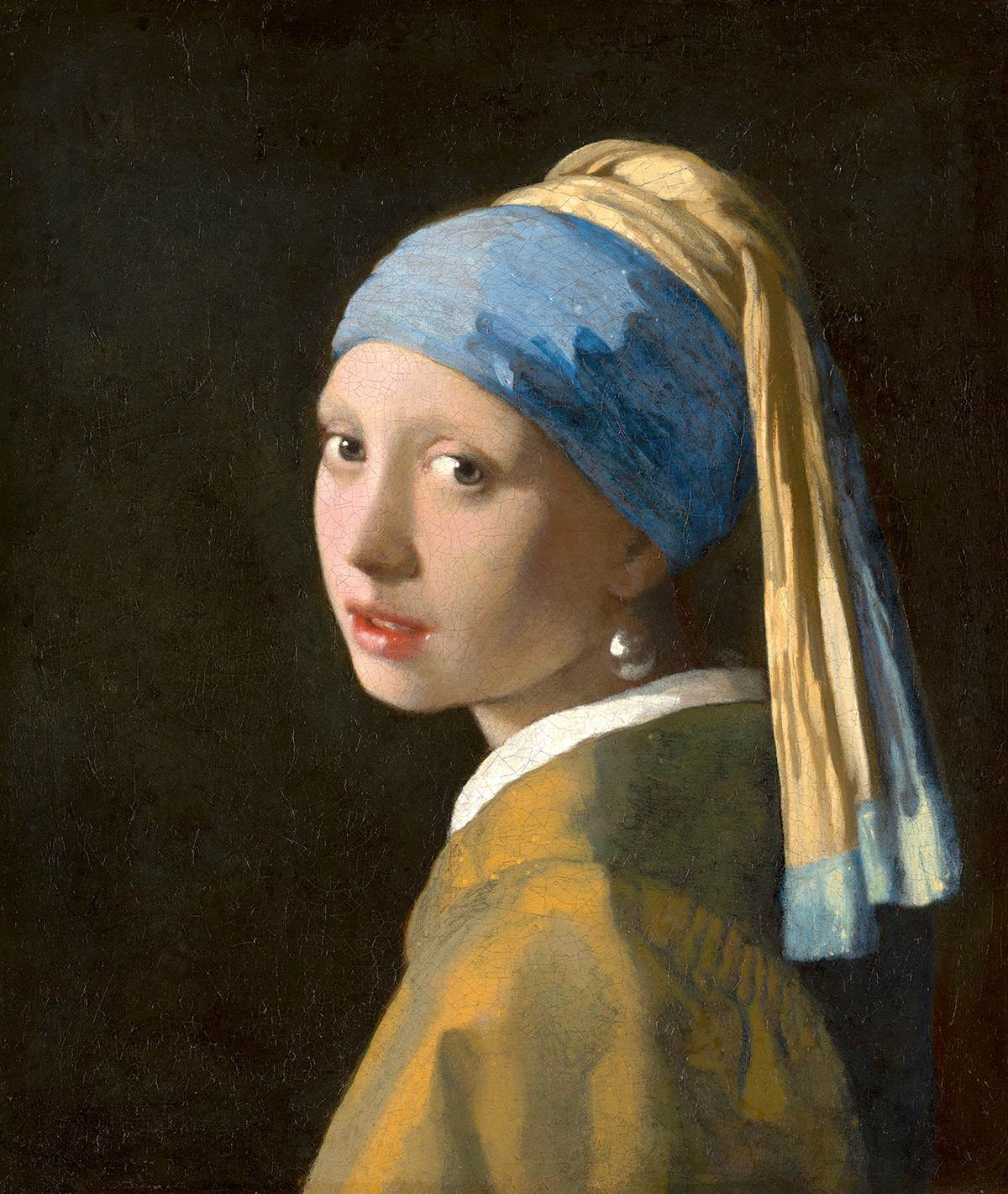NOTES FROM UNDERGROUND
Hope
Links
- Get link
- X
- Other Apps
Vermeer: Master of Light
With Rembrandt and Frans Hals, Vermeer ranks among the most admired of all Dutch artists, but he was much less well known in his own day and remained relatively obscure until the end of the nineteenth century. The main reason for this is that he produced a small number of pictures, perhaps about forty-five (of which thirty-six are known today), primarily for a small circle of patrons in Delft. Indeed, as much as half of Vermeer’s output was acquired by the local collector Pieter van Ruijven. Although Vermeer’s work was known to other connoisseurs in Delft and the neighboring court city of The Hague, and a few of his paintings sold to individuals farther afield (Antwerp and Amsterdam), most Dutch painters turned out hundreds of pictures for a much broader market. Adding to his image as an isolated figure are the fact that Vermeer’s teacher is unknown, and that he evidently had no pupils. However, the artist was a respected member of the painters’ guild in Delft, and he exchanged pictorial ideas with painters active in that city (especially Pieter de Hooch in the 1650s) and in the region (for example, Frans van Mieris in Leiden).
















.jpg)